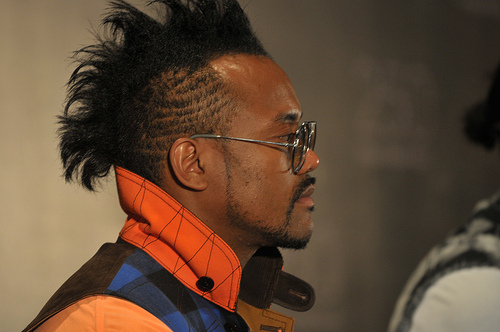“I’m half Japanese, and my husband is all Irish. Our kids have very Celtic coloration — pale skin and fair hair. They’re not obviously Asian in appearance at all, and yet they still feel very connected with that part of their heritage. And that’s becoming more common, particularly among Japanese Americans, where multiracial identity is so common. There’s even a term for it I heard in California: ‘Quapa.’ If hapas are half Asians, quapas — like my kids — are quarter-Asians.”
– Sociologist Dr. Rebecca Chiyoko King-O’Riain
In this article, Jeff Yang talks about how despite being increasingly mixed racially, some Americans still identify with their Asian roots. He said that a growing number of “quapas,” even with mostly non-Asian ancestry and often with no Asian surname, are embracing an Asian-American identity.
One example is Lisa See (pictured), who is one eighth Asian. As the great-granddaughter of a noted leader of the Los Angeles Chinatown community, the family antique store in Chinatown was the closest thing to home that she knew. At the store, people would gather in the back to tell stories. Those stories would inspire her book “On Gold Mountain” and later “Shanghai Girls,” which was set in the Los Angeles Chinatown that she considers home.
These multiracial Asian Americans are not always accepted, as Lisa See wrote in this particular article originally published in Time magazine. Yang points out some programmatic barriers, such as the San Francisco Cherry Blossom Queen Pageant’s 50% rule. Dr King-O’Riain, who wrote a book, Pure Beauty, about Japanese American beauty pageants, says that a problem is that fewer and fewer girls meet that 50% standard. “So even though there’s this debate about lowering the racial percentage to 25 percent or getting rid of it entirely, I personally think the people running the pageant will shut it down before they do that.”

flickr photo credit: izhameffendi
Not all multi-racial Japanese Americans are part white. “I interviewed two girls who were half African American, whose mothers were from Japan, who’d lived in Japan, who spoke Japanese beautifully,” says King-O’Riaian. “They had a deeper sense of the culture than most of the ‘pure’ Japanese candidates. And yet they didn’t win, and they felt there was unquestionably discrimination against them. In the Los Angeles Cherry Blossom pageant, there’s actually a no-tanning rule — you have to stay out of the sun. And the reason they give is that dark skin doesn’t look good with a kimono.”
The article raises the key question: what constitutes being Asian American? Percent of Asian blood? Culture? Appearance? The answer, it seems, is not so simple.








